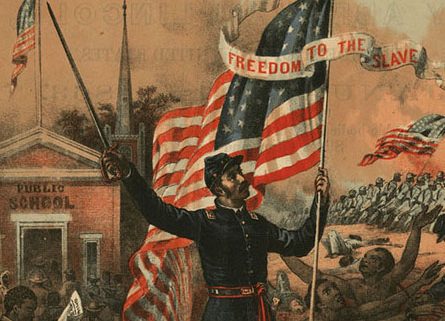
While President Abraham Lincoln’s Emancipation Proclamation on January 1, 1863, heralded the Union’s new commitment to the abolition of slavery, freedom came in increments. On July 22, 1862, Lincoln presented a proclamation to his Cabinet, calling for the gradual abolition of slavery. In the midst of a summer of Union battle losses, Lincoln decided to postpone issuing this document until he could speak from a position of strength following a significant military victory. Nevertheless, three days later, on July 25, he retained the preface in a public proclamation warning rebels to surrender and declaring his presidential authority to “seize and confiscate property of rebels.”
On September 22, 1862, after the Union victory at Antietam, Lincoln issued a drastically rewritten preliminary Emancipation Proclamation, formally giving Confederates one hundred days to surrender before forfeiting their slaves. As the war continued, he issued the final Emancipation Proclamation on New Year’s Day. While the proclamations had limited immediate impact, they changed the moral tenor of the war to a battle for abolition. Each version represents Lincoln’s deliberations, amidst a fragile political and social climate, about the optimal method for enacting emancipation while also ending the war.
Curated by Krysal Appaiah, 2013.
Resources
Emancipation Proclamation: One Step Toward Freedom Online Exhibition


